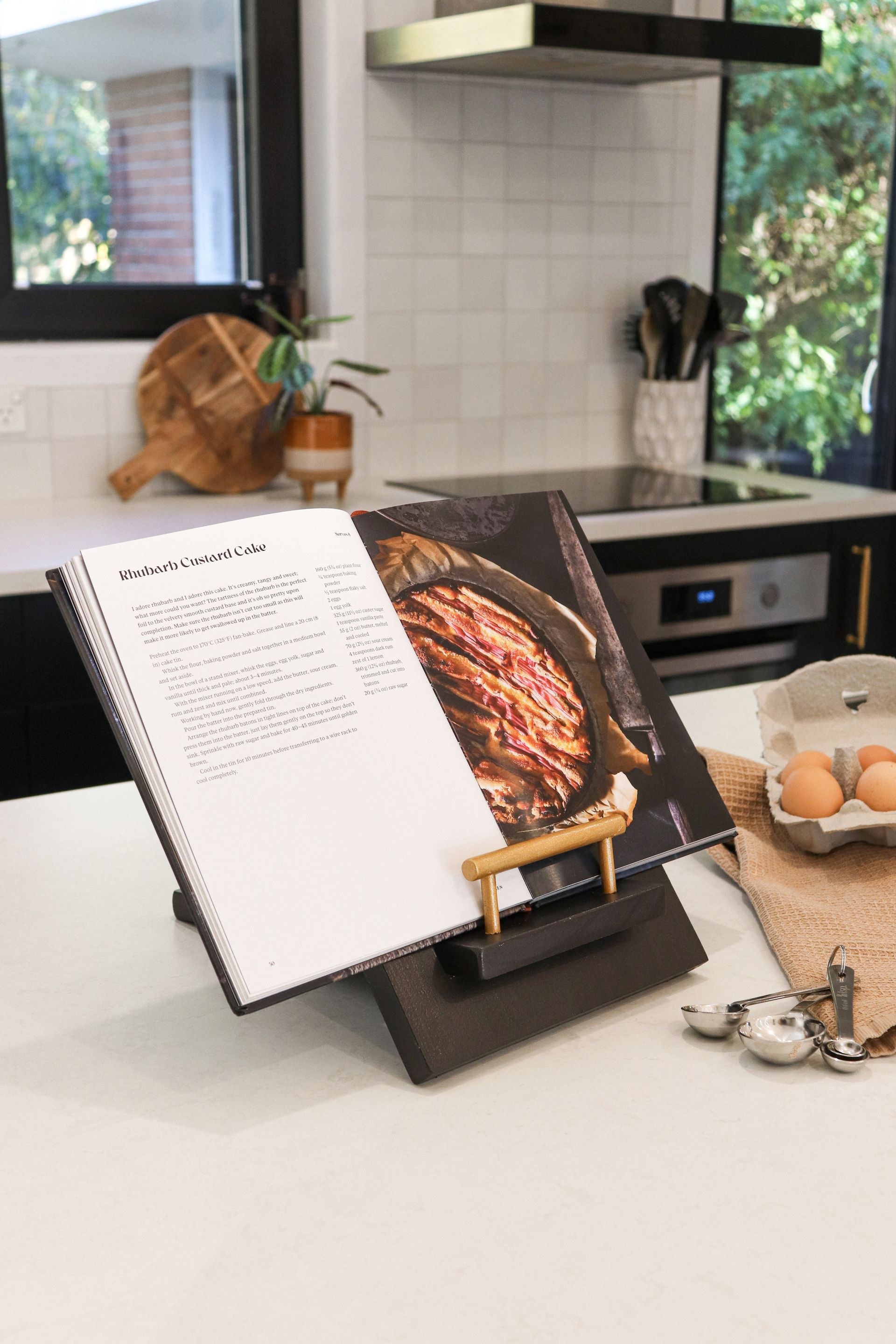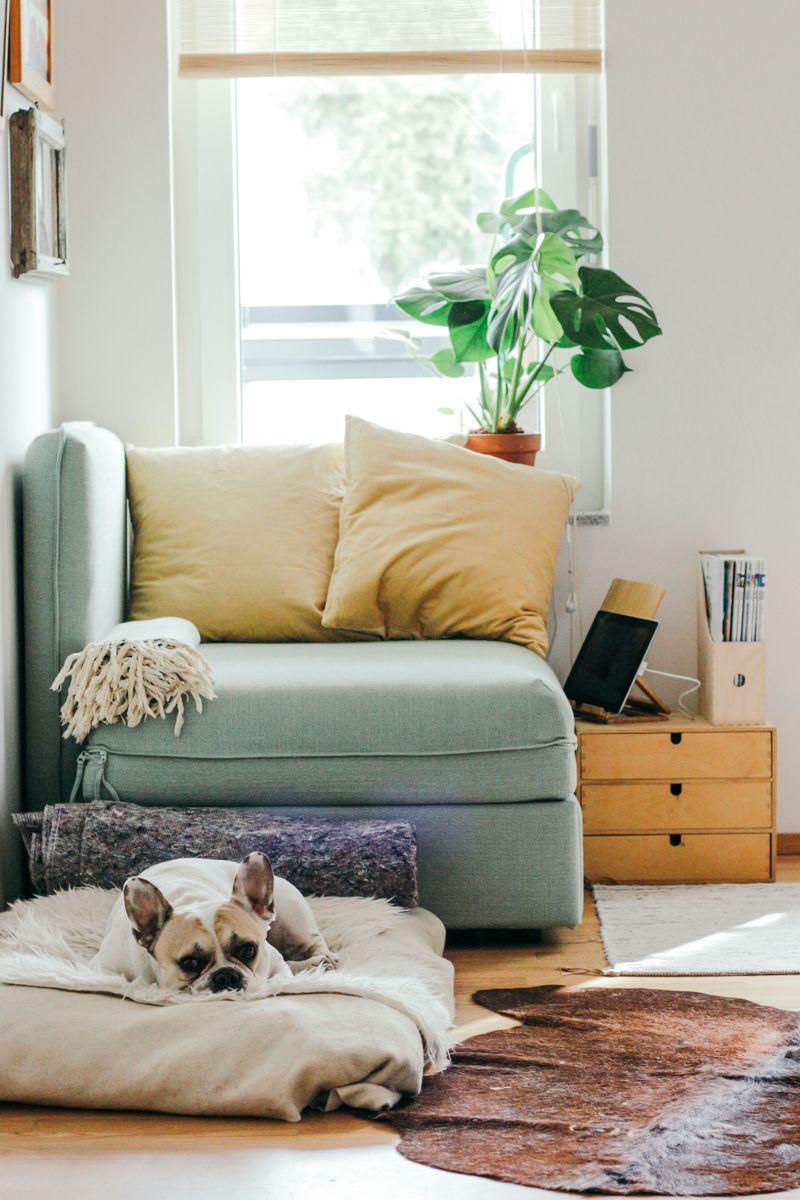Poor mental and emotional wellbeing affects the lives of many New Zealanders. Wellbeing advocate Nadine Hickman is on a mission to create positive change through her not-for-profit organisation, PEPTALK.
It is inspiring to meet Nadine Hickman for today’s interview. Most of us are short on ideas when it comes to fixing the big issues like this country’s mental health challenges. Solutions can feel a long way off, especially in these uncertain times. According to a recent study commissioned by the Mental Health Foundation, a quarter of New Zealanders have low wellbeing and are at risk of developing poor mental health. What can anyone do to make a difference?
Nadine has been giving it her best shot over the past five years. Driven by the desire to create positive change, Nadine founded PEPTALK to help transform the future of mental health by spreading the word on the science of wellbeing. Her goal is to connect New Zealanders with practical tools and skills they can use to make each day a little better. PEPTALK does that in an accessible way via a magazine-style publication that anyone can pick up and use. It has been well-designed to serve as an appealing wellbeing resource.
Leafing through Issue 4, I see it is packed with tips and strategies on how to be a wellbeing hero – for yourself and for others. Nadine explains that each edition explores a different theme, such as ‘happiness’, ‘new beginnings’ and ‘vitality’. This one is for the hero in all of us while Issue 5 delves into the meaning of courage. Contributors to date have included neuroscience educator Nathan Wallis, resilience expert Dr Lucy Hone and clinical nutritionist Bronwyn Hudson. PEPTALK has insightful advice too from inspiring Kiwis like Olympian Lisa Carrington, artist Ruby Jones and Sir Michael Hill.
‘Our mental health system is overwhelmed and often the help is not there,’ says Nadine. ‘That’s why I think we need resources like this that are easily accessible. A lot of people may say, “This isn’t relevant to me as I’m doing okay and don’t have a mental illness,” but there is so much more beyond “okay”. PEPTALK is about giving you strategies to mentally thrive so you can enjoy life more fully and have greater resilience to stress.’
Nadine is excited that PEPTALK is starting to make an impact, particularly in schools and among vulnerable New Zealanders and youth.
Along with the publication, Nadine has set up a charitable foundation with a view to getting PEPTALK’s resources out for free to vulnerable New Zealanders and youth to places like youth centres, schools, prisons and mental health outreach centres.
‘It is going very well. Last year, we had a number of grants and sponsorships come through. Next issue, we’re gifting 3,000 copies. I’d love to give away 300,000 copies but we’re not there yet. People can also buy [the magazine] online or in retail. My primary drive is to get these resources out there.’
Nadine is juggling her passion for wellbeing around family responsibilities. She and her husband Paul, an Angus bull breeder, live on a farm in South Marlborough with their four children – Victoria, 10, Samantha, 12, Matt, 14 and Ashlee, 16.
‘I’m lucky my husband is very supportive even though he’s busy with what he does as well. As anyone with a big dream knows, the workload can get overwhelming at times and you’re often dealing with self-doubt. I’m no different to anyone else – you can never say you have everything sorted, but I do practise healthy mind strategies every day. I’m usually up by 5 am and start my day with yoga, meditation and journalling. What I enjoy about PEPTALK is being able to immerse myself in it every day. I’m interviewing wellbeing experts and talking to people with so much knowledge. It’s inspiring.’
As a teenager and a competitive gymnast, Nadine went through years of struggling with bulimia, triggered by the weight expectations associated with competing at a top level. She made the training squad for the 1994 Commonwealth Games but it came at a heavy price. ‘My eating disorder got progressively worse until eventually it was consuming every waking thought and moment. I let myself down day after day for eight years until I lost all hope and belief in myself.’
Her lowest point came while travelling overseas one year; it was bad enough to send her home in desperation, to get help. As she discovered though, getting well was not a quick fix. ‘The road to recovery was a roller coaster of trying everything, reading widely, seeing psychologists and going to support groups. Eventually medication ended the physical symptoms of bulimia. It felt like a miracle at the time. I then had to work on the mental and emotional side of things and that was the key.’
PEPTALK is an inviting wellbeing
resource for all. Designed with a front cover for adults (as pictured), it can also be flipped to the back for youth.
Nadine had spent years experiencing the power of the mind as a negative in her life, but as she progressed further into recovery, she began to see the other side of the coin. ‘I learned how powerful the mind can be in a positive way.’
Learning strategies to help her own wellbeing has made a huge difference to Nadine, who observes there is no comparison between living a life of despair and living a thriving life full of possibility. ‘That’s what drove me to start PEPTALK – I’d like more people to know there are strategies you can use to help yourself and boost your wellbeing. I feel there is too much of a focus on mental illness rather than teaching people to help themselves be mentally well.’
Positive psychology has been a force for good in Nadine’s life. She cites Australian-based positive psychology researcher Dr Lea Waters as a big source of inspiration, along with Dr Martin Seligman at the University of Pennsylvania, who is known as the father of positive psychology, and New Zealand experts in the field such as Dr Lucy Hone. ‘That’s how I discovered there are positive strategies out there that are very teachable that can be used by people to help them mentally thrive, and that will protect against becoming mentally unwell when those inevitable times of stress or adversity come along.’
As fate would have it, Nadine’s first edition of PEPTALK coincided with the first nationwide lockdown in March 2020. ‘I was pretty gutted and at the time it was stressful but it did provide a lesson in rolling with uncertainty!’
Two years on and Nadine is humbled and excited at how PEPTALK is being embraced, particularly by schools and among vulnerable New Zealanders and youth. It is produced with a front cover for adults but can be flipped to the back for youth. The idea is to include strategies for everyone to use.
‘I’ve had incredible feedback about PEPTALK being used in prisons and I’m hearing about how it is helping teachers, guidance counsellors and youth workers too.’
Nadine has had no difficulty finding impactful people in New Zealand and around the world willing to share their knowledge and expertise in the pages of PEPTALK. Once the Omicron peak has passed, she hopes to start organising events with inspiring speakers as another way of sharing information on wellbeing.
For more information, visit www.peptalk.org.nz
Recent stories



All Rights Reserved | CountryWide Media



